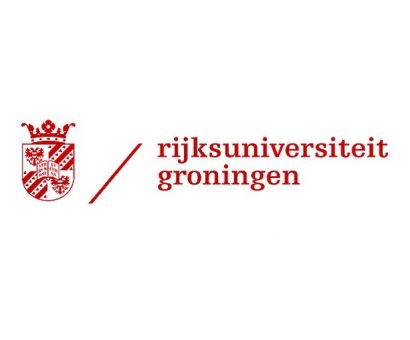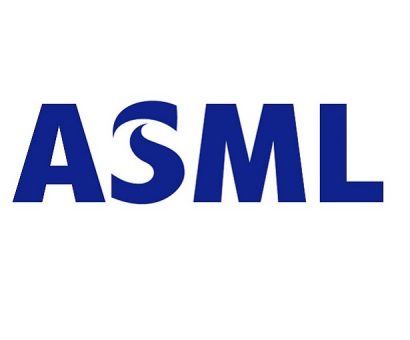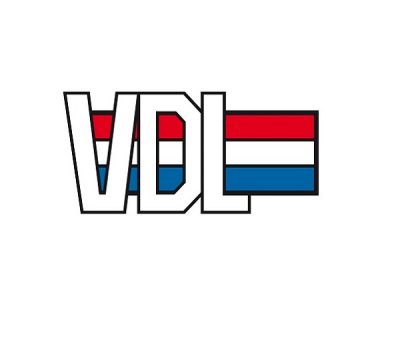Use case: Wafer Handler Robots
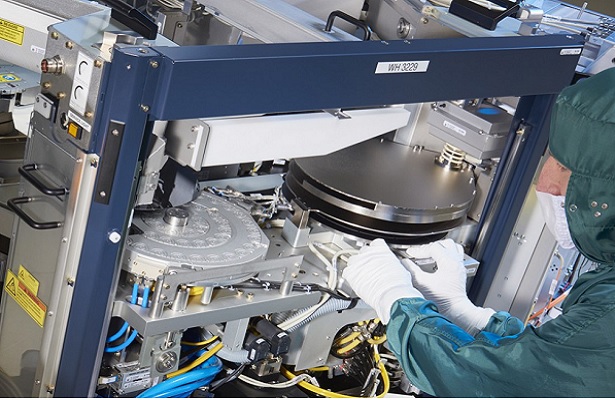
The wafer handler is a vital sub-systems in a photo-lithography machine. VDL-ETG executes total lifecycle management for the so-called Wafer Handler (WH) system. The WH is a subsystem of the ASML lithography machine, providing for in- and output of the semiconductor substrates (wafers). The WH module is subject to incidents, causing unavailability of the lithography machine. A key component in the WH module is a WH robot, a high-end mechatronic module, taking care of wafer picking, moving and placing, at high speeds whilst maintaining accuracy and cleanliness. It performs the following high-level functions:
-
-
- Thermally condition the wafer,
- Measure and improve the positioning accuracy of the wafer, and
- Perform transport of wafers between the track and the wafer stage at a specified throughput rate.
-
In a specific type of wafer handler, there are two SCARA robots – the load and unload robots – that perform the transport functions mentioned above. Each SCARA robot is a 3 degree-of-freedom (R, phi and Z) robot equipped with a gripper that can hold a wafer via vacuum pads.
Historically, faults in these robots have been contributing to machine downtime during production. The loss of productivity due to unscheduled machine downtime is a significant cost to the end user/fab owner. Moreover, the robot itself is an expensive component to be replaced, again leading to high costs. Due to the complexity of the total system, it is not always easy to diagnose a fault, and reliably relate that to one of the robots as the root cause. This process takes long which delays repair in the field as well as the development of preventive or corrective measures that will improve the reliability of (other) machines in the field.
Challenges
Within Project 4 we aim to improve availability of the wafer handler by employing preventive maintenance. In preventive maintenance, imminent failures are predicted, so maintenance actions can be scheduled to prevent the failure from happening, turning (much more expensive) unscheduled down-time into scheduled down-time. The health monitoring and preventive maintenance technology developed in Project 4 will be implemented on and applied to the WH module of VDL-ETG.
The development of a digital twin framework for the wafer handler and specifically the robot is expected to address the aforementioned challenges in the following ways:
- Gain real-time insights into the “health” of the robots during regular operation.
- Perform early detection of deviations of the system from its expected behavior, i.e., predictive fault detection.
- Perform efficient data-driven diagnosis in the case of known faults.
- Perform faster root-cause-analysis in the case of unknown faults.
With the above improvements it is expected that a significant part of unscheduled downtimes can be converted into shorter scheduled downtimes and the reliability of the wafer handler and robots can be improved leading to significant cost savings and higher productivity.

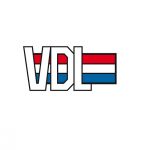
Industrial Partners
Placeholder

Person’s profile
